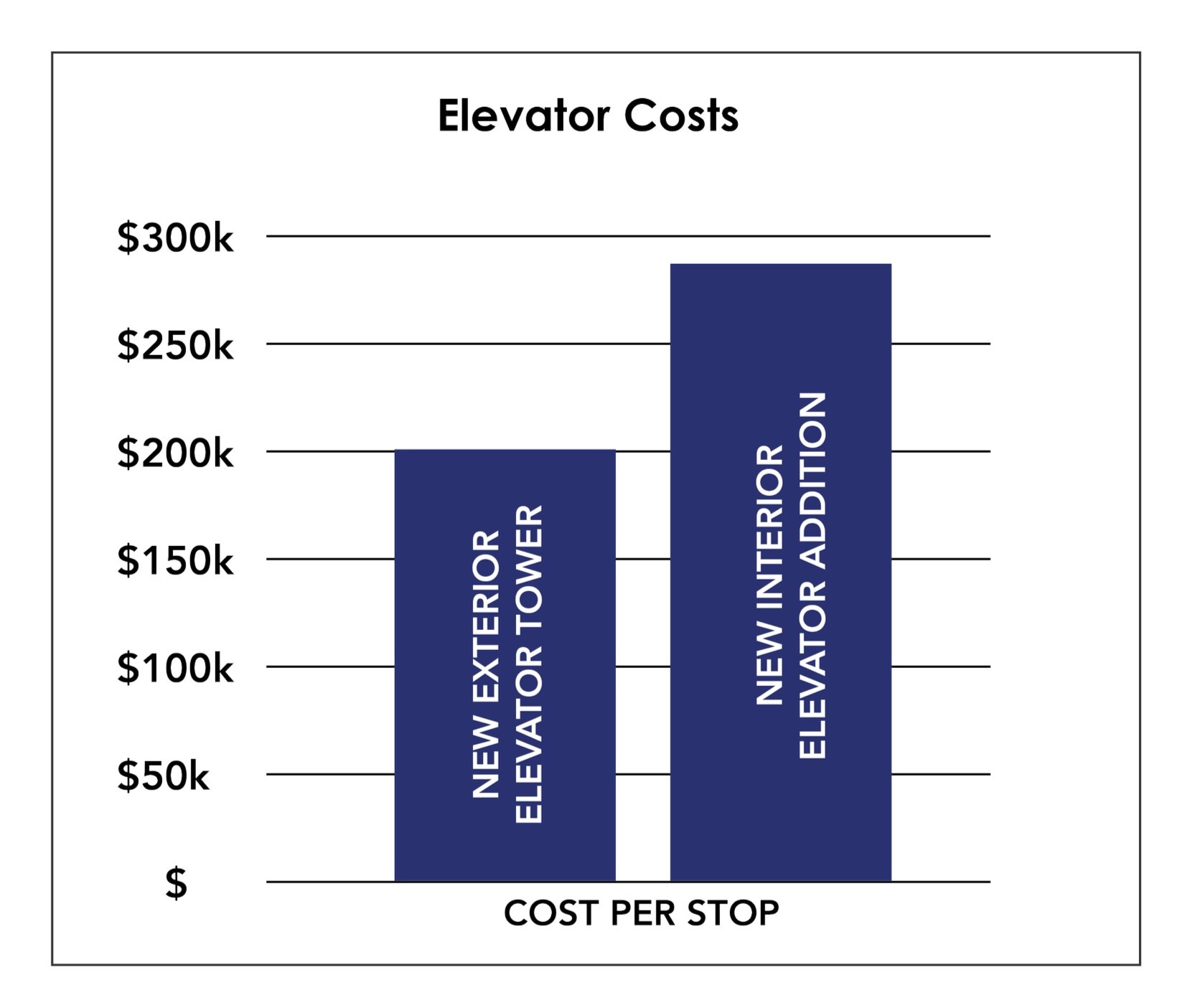Pictured above is White-Gravenor Hall at Georgetown University. Axias provided cost estimates for an accessibility improvement project, creating a barrier free entrance while maintaining the historic fabric of the building.
In 1990, the 101st United States Congress enacted the Americans with Disabilities Act (ADA), a landmark civil rights law prohibiting discrimination based on disability. The ADA empowered the Architectural and Transportation Barriers Compliance Board (ATBCB), commonly known as the Access Board, to issue guidelines ensuring that buildings and facilities are accessible to individuals with disabilities. These guidelines set design standards for the construction and alteration of places of public accommodation, commercial facilities, and state and local government facilities.
The ADA covers various areas of discrimination against individuals with disabilities, but its impact on the built environment is especially significant in our work at Axias. Our condition assessment team regularly evaluates existing structures for ADA compliance and addresses Architectural Barriers Act-Accessibility Standards (ABAAS) for federally funded buildings and facilities. Our cost estimating team works with design teams and owners to project the costs of implementing ADA improvements.
Recently, Axias supported projects at several universities committed to enhancing campus accessibility. These universities aim to significantly improve the lives of their students, faculty, and the thousands of visitors they host. A particular focus is on updating existing buildings that predate the ADA. With the current shortage of student housing and other facilities on many college campuses, there is an emphasis on maximizing the use of existing spaces. Ensuring that facilities comply with the ADA is a crucial step in space utilization and improving the day-to-day user experience in living, learning and teaching. This makes our cost and condition assessment services invaluable for determining the scope and cost of necessary improvements.
Enhancing Campus Accessibility
Universities are starting with key areas like residence halls, classrooms, and overall site accessibility. These improvements include:
Simple Grading Adjustments: Creating more gradual slopes around buildings for enhanced accessibility.
Pedestrian Ramps and Railings: Integrating these into sidewalks, roads, and pedestrian crossings.
Accessibility for Visual and Hearing Impaired: Implementing features to aid those with visual and hearing impairments.
More complex and costly projects include:
Accessible Building Entrances: Modifying entrances to be universally accessible.
Complete Bathroom Renovations: Updating bathrooms to meet accessibility standards.
Building Circulation Space: Enhancing circulation areas within buildings.
Elevator Towers: Adding elevators to buildings that currently lack them.
These enhancements often come with significant costs, requiring universities to strategically plan for these capital expenditures in their short-, mid-, and long-term budgets. For example, the cost of adding a three-stop elevator to an existing dorm building could range between $600,000 and $900,000. Restroom improvements for ADA requirement could cost around $500 per square foot bathroom area, or $30,000 per fixture base on an eight-fixture count. Many universities seek publicly available ADA compliance grants, which provide funding assistance through tax credits for alterations that improve accessibility, accurate budgets for improvement projects are an essential part of these grant applications.
Employing trusted and experienced advisors like Axias is crucial for universities, especially when seeking outside funding. Our extensive experience in the higher education sector, deep understanding of university requirements, construction costs on campuses, and the complexities of executing projects on active campuses makes us a valuable partner for institutions across the country. Of course, accessibly is not an issue unique to university campus. Federal facilities must adhere to several key guidelines and standards to ensure accessibility for individuals with disabilities, including the ADA and ABAAS. Through Axias’ extensive work with federal agencies from elevator modernizations for the GSA to trail and pathway improvements with the National Park Services we are often called upon to assess the cost of making these important improvements and ensuring public facilities are welcoming and accessible to all.
Providing equitable access for people of all abilities is a critical issue. Despite the ADA being in place for 34 years, many public facilities still face accessibility challenges. Axias is proud to play a vital role in helping our clients improve the accessibility of their facilities, ensuring that barriers are removed, and inclusivity is enhanced.


